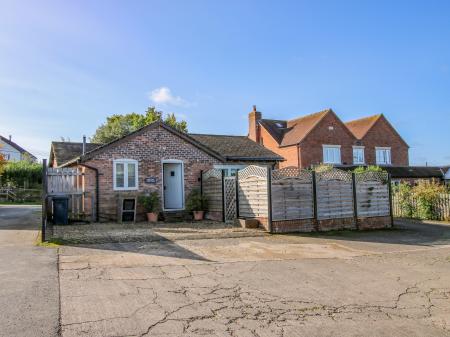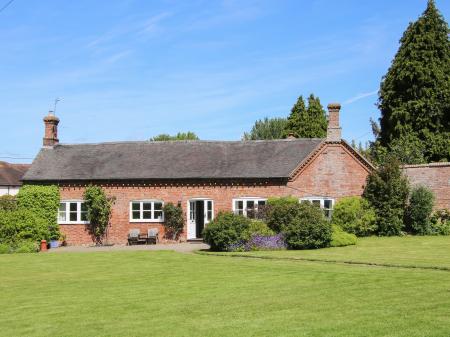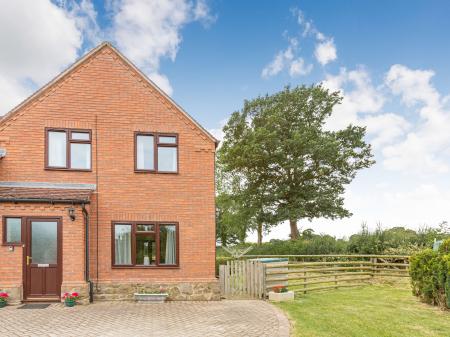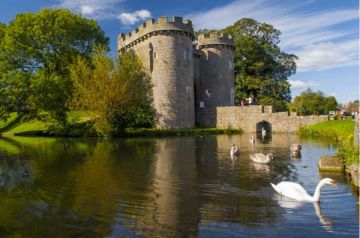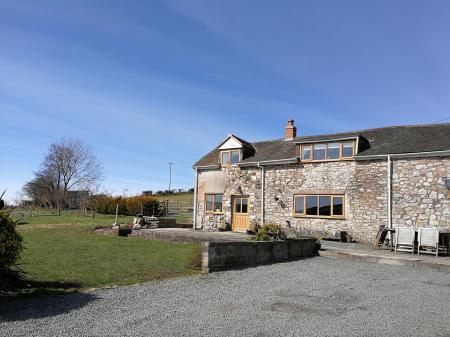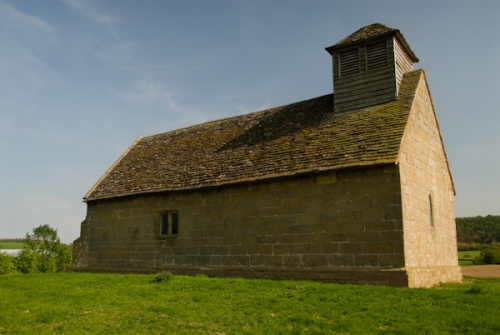
The building is of grey sandstone braced with corner diagonal buttresses at the east end. There is a weatherboarded bell turret over the west gable. A pair of 16th-century doorways pierce the south wall.
Most of the interior furnishings date to the early 17th century when the chapel was restored by Sir Humphrey Lee. Lee's work has been called 'an almost perfect set of 17th-century timber furnishings' and they include a musician's gallery at the west end.
One of Sir Humphrey's additions was a small, moveable pulpit. Opposite the pulpit is a large and impressive reading desk. Unusually, the reading desk has its own canopy roof.
The communion table is a replica, installed after the original 17th-century one was stolen. One interesting feature is that there is room around the communion table for communicants (parishioners taking Mass) to kneel or to sit. This accommodated the Puritan strand of Anglican worship, where participants sat, as opposed to the more common Anglican worship where communicants kneel at the communion rail.
The largest box pew, nearest the pulpit, was reserved for the Lee family, lords of the manor. Smaller box pews further from the altar were occupied by tradesmen and farmers. Servants and farm labourers did not warrant box pews; they sat on simple benches at the back.
A plasterwork frieze of fleur-de-lys and Tudor roses runs along the top of the south wall. There would originally have been a matching frieze on the north wall, but this has been lost over time. Look for medieval tiles set into the chancel floor.
By the late 17th century, the chapel had fallen into disuse, and as a result, the furnishings remain unchanged, like a time capsule of the early 17th century, untouched by changing fashions in church decoration. It finally fell out of use entirely in 1871. It is a beautiful old building, and well worth a visit.








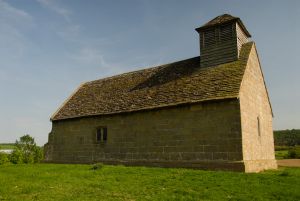
 We've 'tagged' this attraction information to help you find related historic attractions and learn more about major time periods mentioned.
We've 'tagged' this attraction information to help you find related historic attractions and learn more about major time periods mentioned.